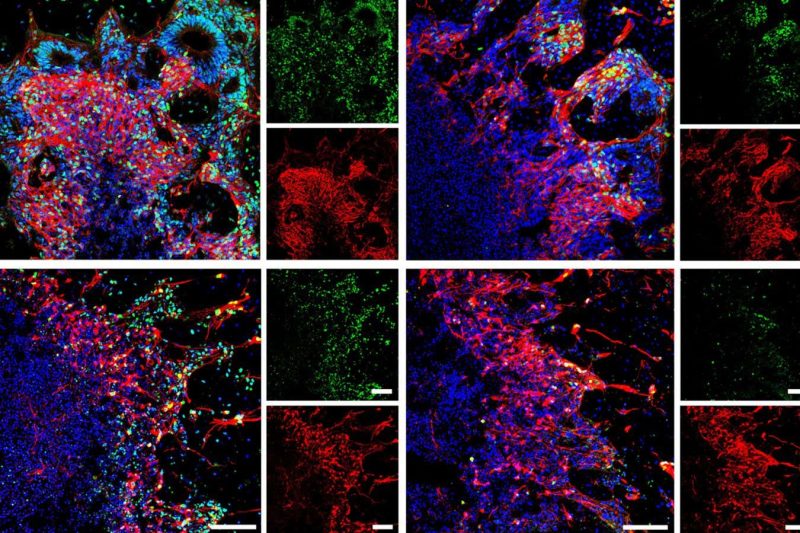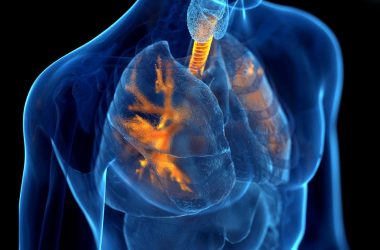Thawed mind organoids proven by way of an imaging approach known as immunofluorescence staining
Weiwei Xue et al.
A brand new approach has allowed scientists to freeze human mind tissue in order that it regains regular perform after thawing, doubtlessly opening the door to improved methods of finding out neurological circumstances.
Mind tissue doesn’t often survive freezing and thawing, an issue that has considerably hindered medical analysis. In an effort to beat this, Zhicheng Shao at Fudan College in Shanghai, China, and his colleagues used human embryonic stem cells to develop self-organising mind samples, generally known as organoids, for 3 weeks — lengthy sufficient for the event of neurons and neural stem cells that may turn into completely different sorts of practical mind cells.
The researchers then positioned these organoids — which measured 4 millimetres throughout on common — in numerous chemical compounds, corresponding to sugars and antifreeze, that they suspected would possibly assist maintain the mind cells alive whereas frozen and in a position to develop after being thawed.
After storing these organoids in liquid nitrogen for a minimum of 24 hours, the workforce thawed them and seemed for cell loss of life or the expansion of neurites — the “branches” of nerve cells — over the next two weeks.
Primarily based on the charges of cell loss of life and development related to every compound, the researchers selected their prime compound candidates, attempting completely different combos throughout freezing and thawing exams on a brand new set of organoids.
The mix that led to the least cell loss of life and most development was a mix of chemical compounds known as methylcellulose, ethylene glycol, DMSO and Y27632 — which the scientists named “MEDY”. They think MEDY interferes with a pathway that in any other case applications mobile loss of life.
Shao and his colleagues examined MEDY via a sequence of experiments involving mind organoids starting from 28 days previous to greater than 100 days previous. The workforce positioned the organoids in MEDY, earlier than freezing — often for 48 hours — and thawing them. The researchers then noticed their development within the laboratory for as much as 150 days post-thawing.
They discovered that the thawed organoids’ look, development and performance have been extremely just like these of organoids of the identical age that had by no means been frozen, even amongst those who had been frozen in MEDY for 18 months. The workforce additionally noticed related outcomes for organoids representing completely different areas of the mind.
Lastly, the researchers took 3-millimetre cubes of mind tissue from a 9-month-old woman with epilepsy and positioned them in MEDY, earlier than freezing and thawing them. The tissue maintained its pre-freezing construction and continued to stay energetic in a laboratory tradition for a minimum of two weeks after thawing.
Having the ability to freeze human mind tissues might result in higher investigations of mind growth within the lab for well being analysis, says Roman Bauer on the College of Surrey within the UK.
João Pedro Magalhães on the College of Birmingham within the UK says he’s impressed that the workforce’s technique efficiently prevented cell loss of life and preserved perform. “We all know mind cells are very fragile and delicate to emphasize,” he says.
With considerably extra analysis and using bigger tissues, the work might in the future result in freezing complete brains, says Magalhães. “Pondering many years or centuries forward, we are able to think about sufferers being cryopreserved once they have a terminal situation or astronauts being cryopreserved in an effort to journey to different star techniques,” he says. MEDY could symbolize “one small step” in the direction of that objective, says Magalhães.
Matters:












